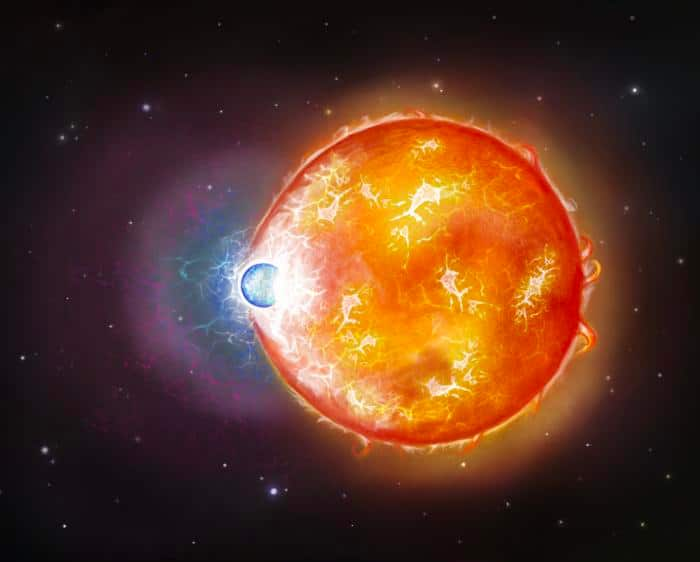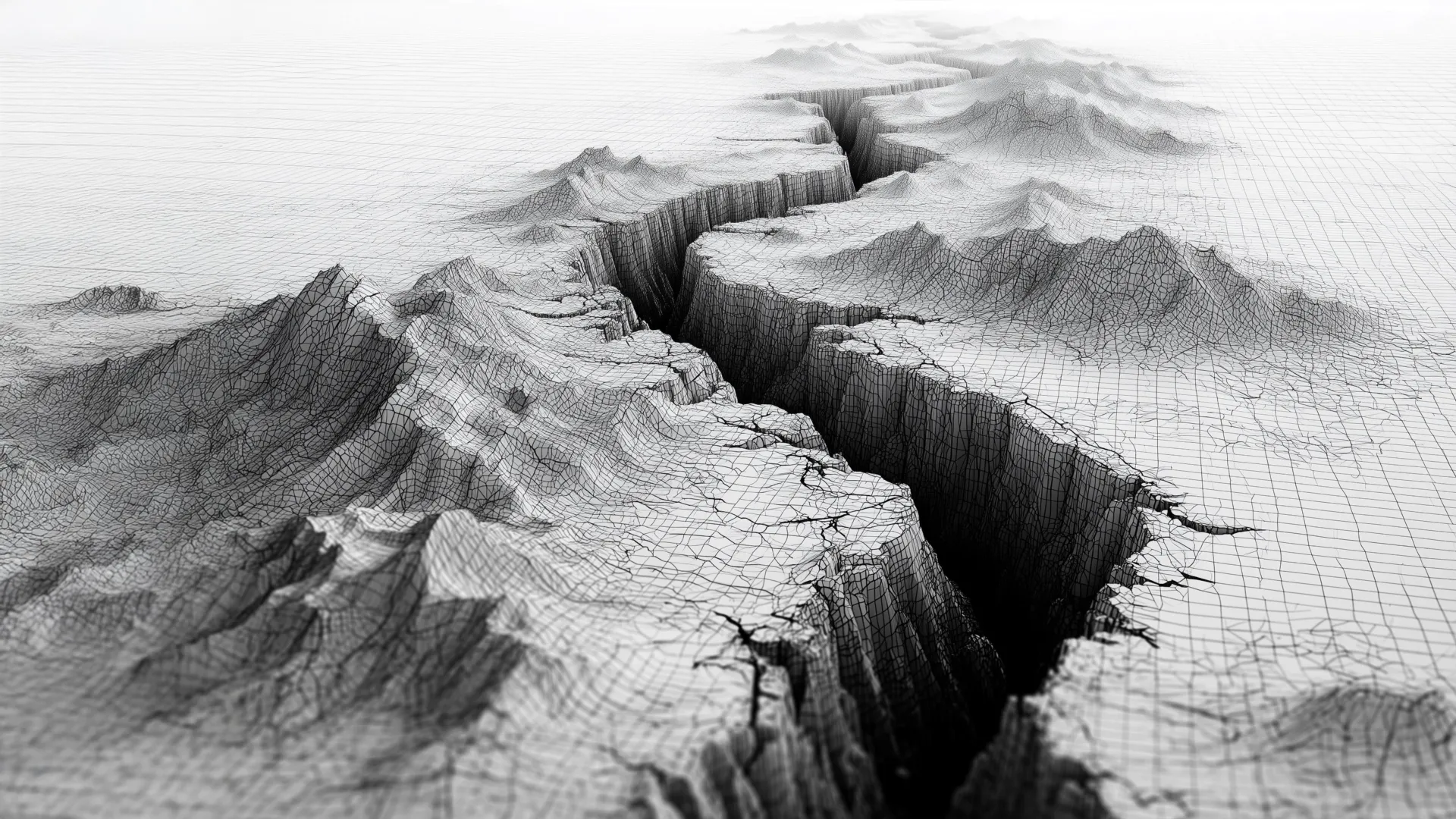Did a Cataclysmic Comet Wipe Out an Ancient Civilization? New Evidence Emerges!

What if your entire understanding of human history was turned upside down by a comet? Almost 13,000 years ago, a massive fragment of a comet exploded over Louisiana, transforming stone into glass and possibly supporting one of history's most controversial theories: the existence of an advanced civilization obliterated by a cosmic cataclysm.
Recent research has reignited discussions around these ideas, popularized by author Graham Hancock, who recently shared a stage with renowned comet scientist Dr. Allan West to unveil their findings. Hancock’s bestselling works contend that a lost, sophisticated civilization was decimated by a celestial event around 12,800 years ago, a theory he passionately defends despite facing skepticism from mainstream archaeology.
Speaking to the Daily Mail, Hancock articulated his frustration over the misconceptions surrounding his work, emphasizing how the latest discoveries related to comet impacts could lend credence to the profound mysteries he explores. Dr. West warns that explosive events with the destructive force of nuclear weapons might be more frequent than we previously believed. “I am exploring a mystery,” Hancock shared, hinting at the possibility that archaeology isn't telling the complete story of humanity's past.
As he puts it, modern archaeology tends to overlook significant evidence nestled within religious texts and ancient myths – like the Egyptian Book of the Dead or the global flood myth. Hancock believes that, during the Ice Age, there existed a culture with impressive knowledge of astronomy, Earth's dimensions, and even navigational techniques.
The study pinpointed a depression in Louisiana, possibly created by a cosmic airburst – an explosion of a celestial object in the atmosphere. The scientists were able to date this event to the Younger Dryas Boundary, a period marked by abrupt cooling and significant extinctions.
Imagine a crater nearly 1,000 feet long that some researchers suggest could be the very first airburst crater identified from this ancient era. Hancock posits that fragments of a super-sized comet from the Taurid meteor stream bombarded Earth thousands of years ago, likening the impacts to a ‘shotgun blast’ with airbursts occurring worldwide, from the US to Belgium and beyond. These cataclysmic events, he believes, were not isolated incidents but part of a grander scheme of destruction.
Since the release of his groundbreaking book, Fingerprints of the Gods, in 1995, Hancock has been met with resistance from the archaeological community. "That book gathered evidence from mythology, traditions, and design, leading to my conclusion that a global cataclysm wiped out part of human history," he stated.
The Younger Dryas Impact hypothesis, initially proposed in 2006, aligns perfectly with this timeline. As evidence continues to mount, it remains a highly debated topic. Dr. West, a key member of the Comet Research Group, highlighted the broader implications of their findings, challenging the conventional belief that extraterrestrial impacts are exceedingly rare.
“Smaller, dangerous airbursts like Tunguska in 1908 and Chelyabinsk in 2013 happen more often than we assume,” he noted, suggesting that a major encounter with a giant comet’s tail occurred 12,800 years ago, unleashing devastation without the comet actually hitting Earth. According to West, the magnitude of this event equates to thousands of nuclear bombs detonating simultaneously.
The aftermath of such cataclysmic blasts led to the extinction of numerous megafauna, including mammoths and saber-toothed cats. He warns that if a similar event were to occur today, the impact could be catastrophic. With billions of people on Earth now, the consequences would be unimaginable—millions could die, crops would fail, and vital infrastructure would be devastated.
Despite the controversy surrounding the Younger Dryas Impact hypothesis, West believes the comet impact created conditions that darkened the skies for months, pushing the world back into an ice age. Both West and Hancock share the common experience of facing scrutiny for their unconventional ideas, with Hancock stating, “I’m not optimistic for a sudden paradigm shift.”
Yet, he remains hopeful that with enough evidence, the truth will eventually emerge, though it may take time and perseverance.



























